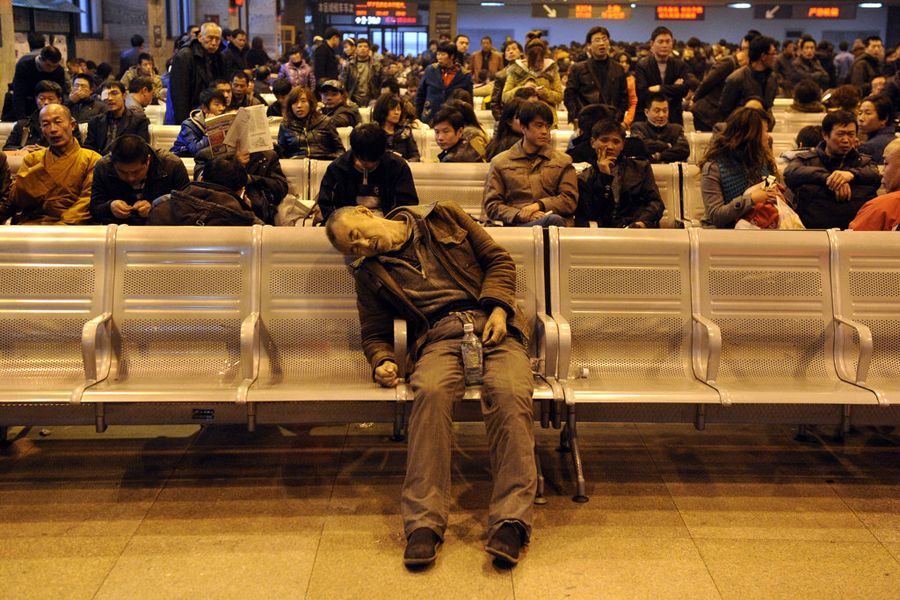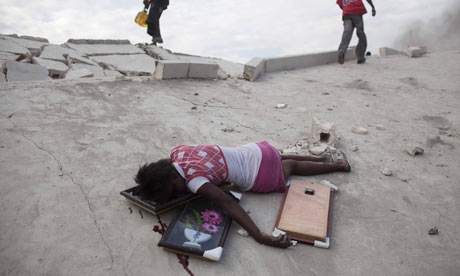Old Death Photos Definition
Source:- Google.com.pkSudden infant death syndrome (SIDS) is the unexplained death without warning of an apparently healthy infant, usually during sleep.
Description
Also known as crib death, SIDS has baffled physicians and parents for years. In the 1990s, advances have been made in preventing the occurrence of SIDS, which killed more than 4,800 babies in 1992 and 3,279 infants in 1995. Education programs aimed at encouraging parents and caregivers to place babies on their backs and sides when putting them to bed have helped contribute to a lower mortality rate from SIDS.
In the United States, SIDS strikes one or two infants in every thousand, making it the leading cause of death in newborns. It accounts for about 10% of deaths occurring during the first year of life. SIDS most commonly affects babies between the ages of two months and six months; it almost never strikes infants younger than two weeks of age or older than eight months. Most SIDS deaths occur between midnight and 8 A.M.
Causes and symptoms
Risk factors for sids
The exact causes of SIDS are still unknown, although studies have shown that many of the infants had recently been under a doctor's care for a cold or other illness of the upper respiratory tract. Most SIDS deaths occur during the winter and early spring, which are the peak times for respiratory infections. The most common risk factors for SIDS include:
sleeping on the stomach (in the prone position)
mother who smokes during pregnancy; smokers are as much as three times more likely than nonsmokers to have a SIDS baby
the presence of passive smoke in the household
male sex; the male/female ratio in SIDS deaths is 3:2;
belonging to an economically deprived or minority family
mother under 20 years of age at pregnancy
mother who abuses drugs
mother with little or no prenatal care
prematurity or low weight at birth
family history of SIDS
Most of these risk factors are associated with significantly higher rates of SIDS; however, none of them are exact enough to be useful in predicting which specific children may die from SIDS.
Theories about SIDS
MEDICAL DISORDER: Currently, it is not known whether the immediate cause of death from SIDS is a heart problem or a sudden interruption of breathing. The most consistent autopsy findings are pinpoint hemorrhages inside the baby's chest and mild inflammation or congestion of the nose, throat, and airway. Some doctors have thought that the children stop breathing because their upper airway gets blocked. Others have suggested that the children have an abnormally high blood level of the chemicals that transmit nerve impulses to the brain, or that there is too much fetal hemoglobin in the blood. A third theory concerns the possibility that SIDS infants have an underlying abnormality in the central nervous system.
This suggestion is based on the assumption that normal infants sense when their air supply is inadequate and wake up.
Babies with an abnormal nervous system, however, do not have the same alarm mechanism in their brains. Other theories about the cause of death in SIDS include immune system disorders that cause changes in the baby's heart rate and breathing patterns during sleep, or a metabolic disorder that causes a buildup of fatty acids in the baby's system.
PHYSICAL SURROUNDINGS. A recent theory proposes that SIDS is connected to the child's re-breathing of stale air trapped in soft bedding. In addition to the infant's sleeping in the prone position, pillows, sheepskins, and other soft items may contribute to trapping air around the baby's mouth and nose, which causes the baby to breathe in too much carbon dioxide and not enough oxygen. Wrapping a baby too warmly has also been proposed as a factor.
Diagnosis
The diagnosis of SIDS is primarily a diagnosis of exclusion. This means that it is given only after other possible causes of the baby's death have been ruled out. Known risk factors aid in the diagnosis. Unlike the pattern in other diseases, however, the diagnosis of SIDS can only be given post-mortem. It is recommended that all infants who die in their sleep receive an autopsy to determine the cause. Autopsies indicate a definite explanation in about 20% of cases of sudden infant death. In addition, an autopsy can often put to rest any doubts the parents may have. Investigation of the location of the death is also useful in determining the child's sleeping position, bedding, room temperature, and similar factors.
Treatment
There is no treatment for SIDS, only identification of risk factors and preventive measures. The baby's parents may benefit from referral to counseling and support groups for parents of SIDS victims.










No comments:
Post a Comment